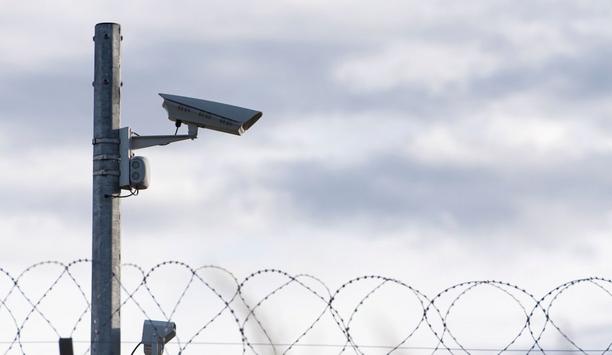Access control and video surveillance technologies are expensive to buy and install. So it’s important that end users make sure they get a system that works the way it is supposed to work and the way they want it to work.
To that end, the principles of project management can help end users find an integrator and to manage the work of installing or upgrading security systems.
If you are experienced with security technologies, you might consider managing the project yourself. If not, consider retaining a security consultant to help.
Security project management
Project management for a security installation requires paying careful attention to the scope of the work, the budget and the schedule, says Pierre Trapanese, president and CEO of Freemont, Calif.-based Northland Controls, a global integrator with offices in Washington, D.C., London, Singapore and Shanghai.
“These are the three most important aspects of project management, and you must focus on each” he says. “For example, if you focus only on the budget, you will probably compromise the scope and schedule.
With that in mind, there are four phases in a project’s lifecycle: developing the scope of work, planning, execution and closing.
Scope of work
"If a certain door opens in the middle of the night, you would probably want the access control system to send an alert to an operations centre or on-site security officers. You may also want a camera to capture the event, and relay the video file along with the alert". |
Defining the scope of work for a physical security project is a critical task. “The scope lists all of the components of the project,” Trapanese says. “What equipment do you want? What do you want it to do? How do you want it programmed and installed? If you leave something out that has to be added later, it will throw off the budget and the schedule.”
If, for example, you fail to note that all visible components of the system — access control readers for instance — must be the same grey shade as the company’s logo, you will throw off the budget and schedule when the integrator installs black readers.
“You should also have drawings that indicate where the components will be mounted and how the system will tie together,” Trapanese says. “Finally, you must consider the system’s configuration. By configuration, I mean how do you want the system to react to events? If a certain door opens in the middle of the night, you would probably want the access control system to send an alert to an operations centre or on-site security officers. You may also want a camera to capture the event, and relay the video file along with the alert.
“A consultant or an integrator can help you develop a comprehensive and complete scope for your project,” he says.
Planning
Once you understand the scope of the project, you can select an integrator to do the work. There are two ways to do that. You can bid the project and select the integrator that submits the lowest qualified bid, or you can request proposals and negotiate a price with the integrator presenting the best proposal.
"With a proper definition of the scope of work and a careful project plan, the project execution should be the easiest part of the project." |
After you’ve made a selection, the integrator will use the scope of the job that you prepared to carry out the planning, a process you can participate in, or at least monitor.
Planning includes pricing materials and equipment and placing orders with an eye to which items have long lead times. The integrator will also coordinate with other trade contractors, as well as with your IT and real estate departments.
Finally, the integrator will tie everything together with project-management software. “We use Microsoft Project,” says Trapanese. “Using the details of the scope of work you initially defined, along with known installation practices, the software will generate a schedule that can be fine-tuned.”
Execution and closing
With a proper definition of the scope of work and a careful project plan, the project execution should be the easiest part of the project. Integrators and sub-contractors know how to do the work.
Closing, the final phase of project-management, fine-tunes the system. “Closing a security installation always raises issues,” Trapanese says. “It is how you manage those issues that matters. If I understand the scope of work and have a good plan, I can focus on unanticipated problems. But if the scope of work and planning are flawed, I’ll be spending my time trying to put out what should have been an avoidable fire that will turn into a conflagration when that unexpected problem hits, as it always does in construction.”
In other words, you lay the foundation for a smooth closing with the first steps you take on a project.











































